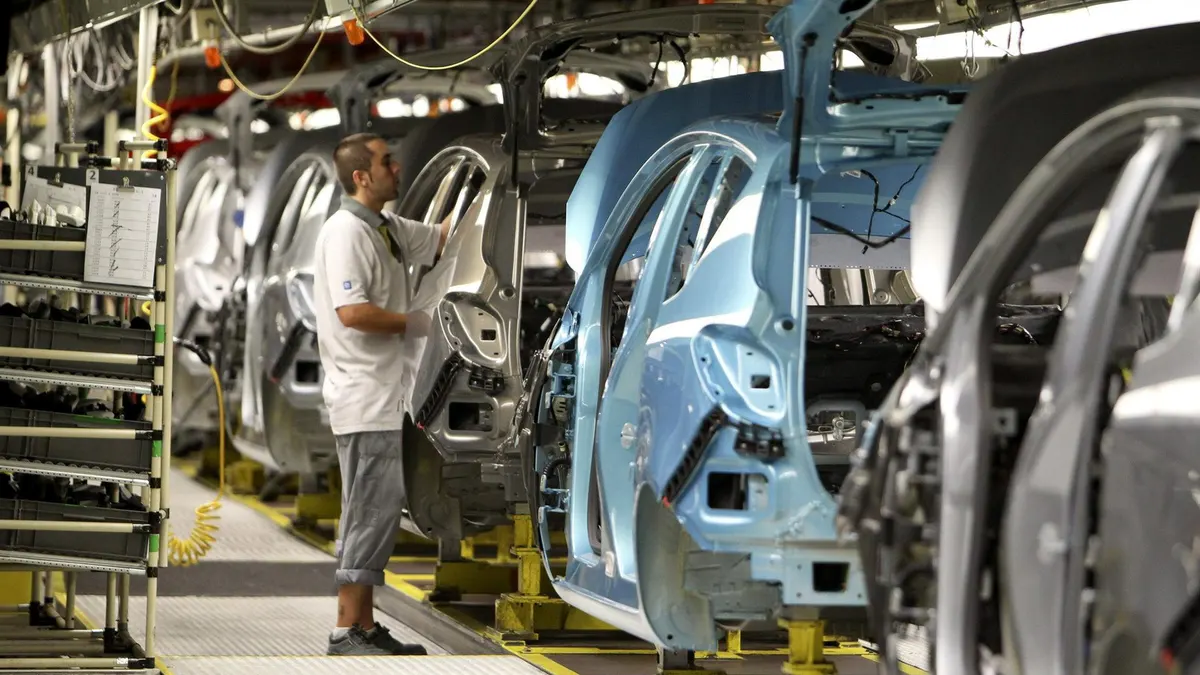
The European Council and Parliament reached a provisional agreement this Tuesday to prohibit the marketing of products made with forced labor in the European Union (EU). With this regulation, which must be formally adopted by the Council and the European Parliament for it to come into force, the EU wants to ensure that these products have no place in the single marketwhether manufactured in Europe or abroad.
“It is appalling that in the 21st century slavery and forced labor still exist in the world. This heinous crime must be eradicated and the first step to achieve this is to break the business model of companies that exploit workers,” said Belgian Economy and Employment Minister Pierre-Yves Dermagne, whose country holds the rotating presidency of the EU Council.
It is estimated that in 2021 there were 27.6 million people affected, mainly in the private sector, but also victims of so-called state-sponsored forced labor, noted the Parliament’s negotiator, the Portuguese socialist MEP María-Manuel Leitao-Marques.
Investigation and final decision
National authorities or, if third countries are involved, the European Commission (EC), They will investigate the alleged use of forced labor in supply chains of the companies. If the investigation concludes that forced labor has been used, authorities can demand that the relevant goods be removed from the EU market and online markets, and confiscated at borders. Those goods would have to be donated, recycled or destroyed; while those of strategic or critical importance may be withheld until the company eliminates forced labor from its supply chains. Companies that do not comply can be fined.
However, if they eliminate forced labor from their supply chains, banned products may be allowed back on the market. The final decision to ban, withdraw and eliminate a product made with forced labor will be made by the authority that led the investigation. The decision taken by a national authority will be applied in all other Member States based on the principle of mutual recognition.
The provisional agreement clarifies that, if a part of the product that violates this regulation is replaceable, the removal order applies only to the part in question. So, for example, if a part of a car is made with forced labor, we will have to get rid of that part, but not the complete car. However, if the tomatoes used to make a sauce are produced through forced labor, the entire sauce will have to be discarded.
High-risk assets and areas
The Commission will have to draw up a list of specific economic sectors in specific geographic areas where there is forced labor imposed by the State, which will become a criterion to evaluate the need to open an investigation. The EU executive may also identify products or groups of products for which importers and exporters will have to submit additional details to EU customs, such as information on the manufacturer and its suppliers.
Digital tools and cooperation
A new will be created Single Portal on Forced Labor to help enforce new rules. That platform will include guidelines, information on bans, a database of risk areas and sectors, as well as publicly available evidence and a whistleblowing portal. The idea is that this network against the products of forced labor would help improve cooperation between authorities. The rules also provide for cooperation with third countries, for example in the context of existing dialogues or the implementation of trade agreements. The EC could also carry out checks and inspections in third countries, if the relevant company and the government of the third country agree.
Source: Lasexta
Ricardo is a renowned author and journalist, known for his exceptional writing on top-news stories. He currently works as a writer at the 247 News Agency, where he is known for his ability to deliver breaking news and insightful analysis on the most pressing issues of the day.











